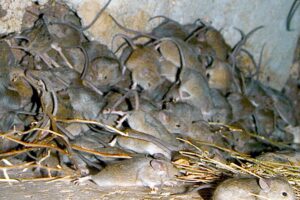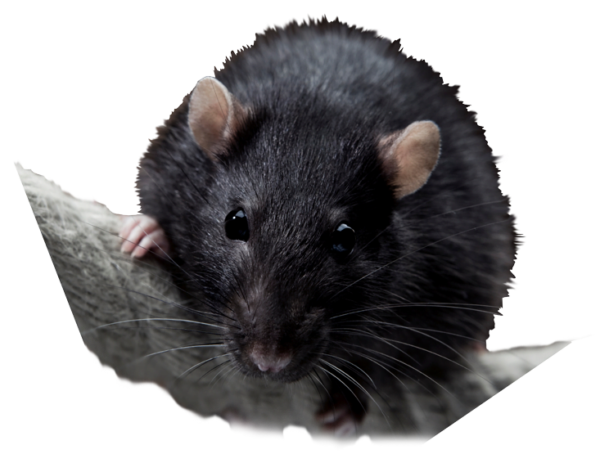
Rats and mice are notorious disease carriers. They will contaminate your food and home with their faeces and urine.
They are incontinent and leave urine trails as they roam and are able to chew through wires, get into food areas and pose safety and health risks with spread of diseases if left untreated.
Buildings are ideal for rats and mice because they provide food, water, warmth and shelter. For these reasons you may notice rats and mice inside buildings more in the cooler months.
Rats carry diseases and can cause structural damage to buildings by burrowing and gnawing. They undermine building foundations and slabs. Rats also may gnaw on electrical wires or water pipes, either in structures or below ground. They damage structures further by gnawing openings through doors, window sills, walls, ceilings, and floors. Considerable damage to insulated structures can occur as a result of rat burrowing and nesting in walls and attics. There are 2 main varieties of rats in Australia:
Three main rats and mice pest species in Australia
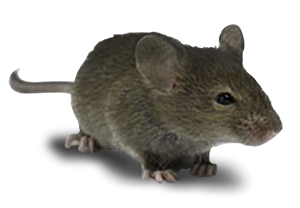 House Mouse
House Mouse
The house mouse has a body 60 mm – 100 mm. They have a pointed snout, small rounded ears, and a long naked or almost hairless tail. Mice can be found around homes, buildings that have poor hygiene standards, garage, kitchen areas, where they have places to hide and food sources. They are more likely to seek shelter in houses and structures during the cooler seasons. Mice droppings have even been implicated as potential asthma triggers in children.
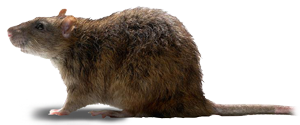 Norway Rat also known as brown rat, sewer rat and wharf rat.
Norway Rat also known as brown rat, sewer rat and wharf rat.
Grey, Brown or Black, short muzzle and a heavy body, with a tail shorter than the combined length of the body and head They are large and stocky, combined the head and body measure 20-27cm. They have a blunt nose, small close-set ears and a long naked tail. Norway rats live in close association with people. In urban or suburban areas, they live in and around residences, in cellars, warehouses, stores etc. On farms they may inhabit barns, granaries, livestock buildings, silos, and kennels.
 Roof Rat Also known as the black rat and ship rat.
Roof Rat Also known as the black rat and ship rat.
The body is smaller and sleeker than the Norway rat’s. Their fur is Brown or Black and smooth and the tail is longer than the head and body. Large ears and pointed nose. As their name suggests, roof rats may be found in elevated areas such as trees, rafters, attics and roofs. Within a year one female may be responsible for up to 40 new rodents. They prefer to consume fruits and nuts, although roof rats are omnivorous and will feed on almost anything available to them.
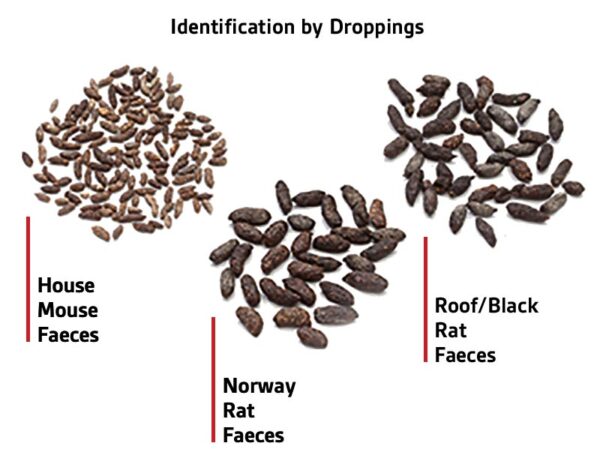
Steps to help protect your home from Rats & Mice:
- Limit access to food sources
- Ensure you remove all uneaten pet food
- Store food in sealed containers
- Maintain hygiene
- Keep garbage away from the house
- Seek professional pest control advice
Don't share your home with Rats & Mice, call the eradication experts
![]() 6884 7557
6884 7557





